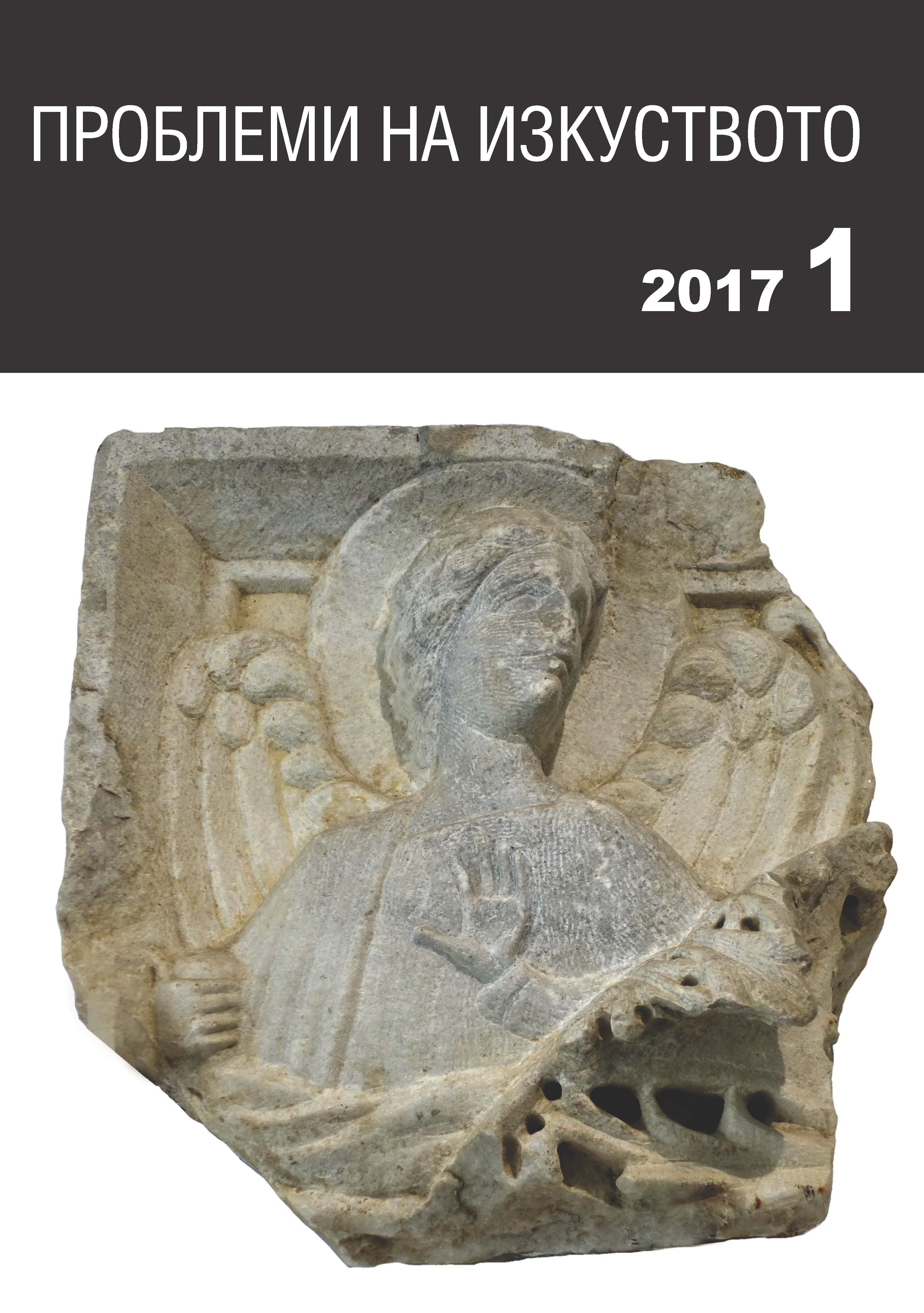Фигурални капители от разкопките във Велико Търново
Figure Capitals from Excavation Works in Veliko Tarnovo
Author(s): Diana KosevaSubject(s): History, Fine Arts / Performing Arts, Architecture, Visual Arts, Theology and Religion
Published by: Институт за изследване на изкуствата, Българска академия на науките
Summary/Abstract: This study aims at presenting three capitals from Veliko Tarnovo, whose making is associated with the Byzantine capital. These are figures in relief from which stands out a big pilaster capital from the complex at the church of Forty Holy Martyrs, as well as two other capitals which decorated the interior of the church at the Palace and the Patriarch’s church within the walls of the Tsarevets Fortress. The reliefs with figure images of saints from the excavations at the capital of the Second Bulgarian Kingdom Veliko Tarnovo are closely connected to a group of monuments made in the famous sculpture workshop in Constantinople, active in early 14th c. These works of the Palaiologos sculptures are characterized by the frames or the central images overlap with other figures, arms and accessories, giving an impression of depth and multiplane structure. The reliefs from this workshop in the capital of Byzantium recreate the style of the illustrious sculpture monuments of Antiquity, skillfully combined with Christian iconography. Their exquisite sense of volume is counterbalanced by the topically colorful dramatism of the murals and mosaics in the church interior, discreetly adding to its impact. The classic beauty the faces is due to the precise execution of the details and the inimitable freshness of the shapes. In the last two decades of the 13th c. and in the early 14th c. the Byzantine capital saw a boom in construction under the patronage of leading families, including branches of the Palaiologos dynasty and others of the ruling class. At the same time (late 13th and early 14th c.), Bulgarian rulers or members of their families also became donors to chapels and parts of the most representative churches. It seems that this renovative donor policy follows the trends and tastes in Constantinople, and most probably not only follows fashions but makes use of the works of the already famous workshop in Constantinople, ordering top products of the Palaiologos sculpture, which even in this damaged condition are worthy of admiration. The use of the figure reliefs in question in the Bulgarian capital must be associated with the decoration of renovated or added parts of the interior of churches and Palace buildings, with chapels, tombs, entrances, passageways, etc. commissioned by high ranking donors.
Journal: Проблеми на изкуството
- Issue Year: 2017
- Issue No: 1
- Page Range: 28-34
- Page Count: 7
- Language: English, Bulgarian
- Content File-PDF

